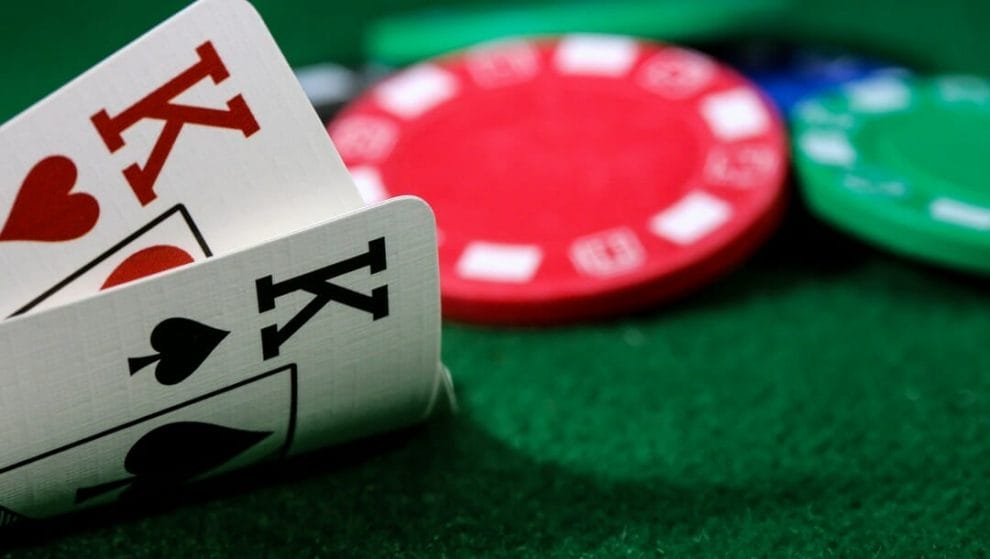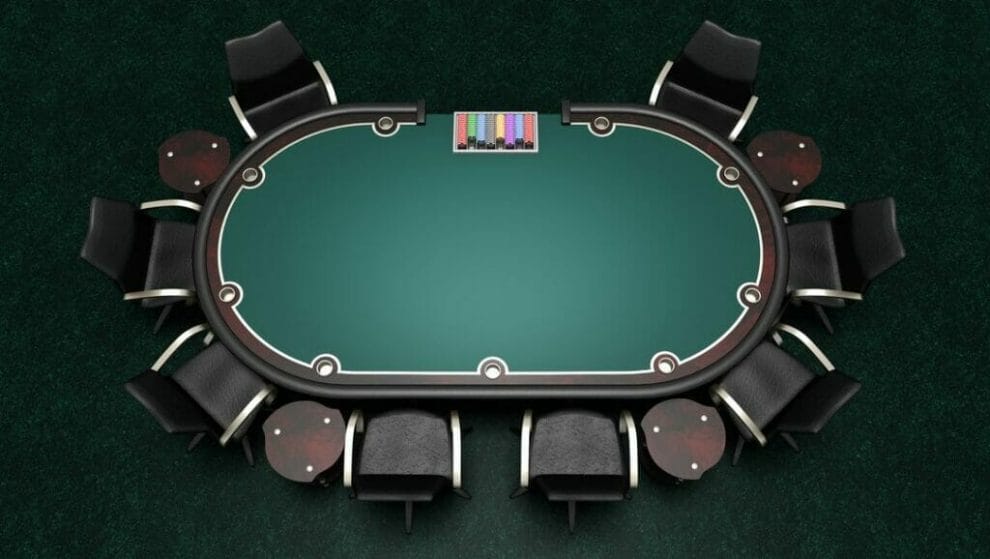
In July 2007, Norwegian player Annette Obrestad made poker history when she won a 180-player online poker tournament almost entirely without looking at her hole cards. The one and only time she peeked at her hand was when an opponent went all in.
Obrestad was making a point about the importance of being able to read other players, understanding bet sizing and – above all – exploiting your position at the table.
Post-tournament analysis showed that she won most of her chips through making squeeze plays or raising big in late position. If you’d like to follow Obrestad’s example, make a start with our introduction to playing the late position in Texas Hold’em poker.
Why Position is So Important
Position is all about the order in which the players in a poker game act. If you’re the first to act, you’re out of position. If you act last, you have position on your opponents. Position is worked out differently before and after the flop.
Preflop, it depends on whether you’re sitting in an early, middle or late position. Postflop, it doesn’t matter where you’re sitting: You’re in or out of position based purely on whether you act last or first. If you play from an early position before the flop, there’s a good chance that you’ll be out of position after the flop.
If you’re in a late position preflop and play a hand, you’ll most likely have position for the remainder of the hand. The biggest advantage of having position is that you know how your opponent will play on any postflop before you have to decide how to play it.
Whether you’re playing live poker or online poker, you’ll want to make sure you know how your starting seat determines your position after the flop and factor this into your strategy.
Which Position is Which?
At the poker table, positions break down into four types: Early position, middle position, late position and the blinds. In a nine-handed game of full ring poker (the format for live poker tournaments such as the WSOP,) the first two players to act are in early position (“under the gun,”) followed by two players in middle position.
Then you have the three late-position players, which are called the “hijack,” “cut-off” and “button” (or dealer) respectively, and after them the small blind and big blind.
Making a decision when you’re “under the gun” in poker can be challenging as you’re the first player to act and have no information about the other players’ hands. In most cases, it’s not advisable to enter the pot from this position unless you have a strong hand.
According to Equilab, software used to calculate poker equity, the recommended opening range for players in the first and second positions under the gun is only 9% and 10% of all possible hands.
In the late position, though, the situation is very different. Hijack has an opening range of 19%, the cut-off has 26% and the button’s range really opens up at 45%. The reason for this huge difference is that there are so few players left to act after the late positions.
Hijack, Cut-Off and Button

Depending on what late position you find yourself in, you’ll want to adjust your strategy slightly. If you’re in hijack (two places to the right of the dealer in a full-ring game,) you have to opportunity to “hijack” the cut-off or the button (the two later positions) with an aggressive open raise in the hope that the cut-off and button will think twice about their own raises, allowing you to steal the blinds. (Note that hijack is considered to be a middle position at a six-max table, the format you’ll encounter most often if you play poker online.)
Immediately to the right of the button, the cut-off is the second-best position, since only the button and the blinds are left to act after you, and only the button has position on you after the flop. If the button plays tight, cut-off is a great position for you to steal the blinds.
The button, as is well-known, is the best position by far: As that 45% opening range suggests, it’s a prime spot for stealing the blinds. Only the blinds act after you preflop and unless they’re holding strong cards, they probably won’t come along (they’d be unwise to!) This allows you to open up more. Better yet, you’re guaranteed to have position after the flop, turn and river. All in all, the button is the most profitable seat at the table. “The money flows towards the button,” as the saying goes.
Controlling the Pot From the Button
There’s an old maxim in poker: “Big hand, big pot, small hand, small pot.” One big advantage of acting last postflop is that you can usually manage the size of the pot that you end up playing for. If you want to play for a big pot, you can bet or raise accordingly when it’s your turn to act. But if you’d rather play for a small pot, you can check behind when an opponent checks.
If your opponent bets, you can simply close the action with a call. Compare this to being out of position, when you can’t be sure that your opponent will let you see the next card without cost if you check. Using your position to control the pot is a good way to avoid having to make tough decisions by the river with a mediocre hand and a bloated pot.
Position Yourself for Premium Poker at Borgata Online
We hope you’ve found this introduction to late position theory useful. The only way to put poker theory into practice, of course, is to play as many hands as possible – within your set bankroll, of course!
Borgata Online offers you a safe, fun environment to get your hand in at poker games online and learn how to play poker at an online casino for real money like a pro.
Beginners can learn how to play Texas Hold’em, Stud and Omaha while intermediate and advanced players can learn how to play under the gun at some of the best poker training sites around.
Register at one of the best online poker sites in the world for daily online poker tournaments, including cash games, sit-and-gos and MTTs to suit your budget and skill level.
What’s more, you’ll have full access to our array of online casino games. Borgata Online members get to play at a casino online and enjoy a broad range of video slots, classic casino table games, live dealer casino games and video poker online.
